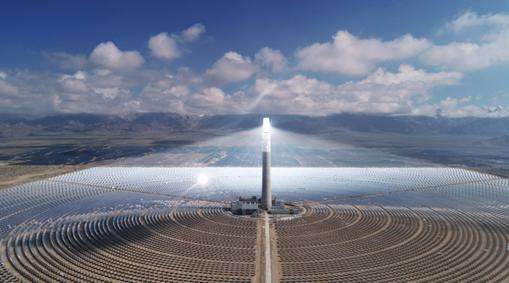Water's gravity is used to turn turbines, which spin magnets in rotating generators to produce electricity. Hydropower is also classified as a renewable energy source. It is one of the oldest, cheapest and simplest electricity generation technologies.
Hydropower is broadly divided into four categories: conventional (dams), pumped storage, riverine and offshore (tidal). Hydropower is one of the three largest sources of electricity in the world, the other two being the combustion of fossil fuels and nuclear fuels. Currently, it represents one sixth of the world's total electricity production.
Advantages of hydropower
Safe and clean - Unlike other energy sources such as fossil fuels, it is as clean and green as nuclear power and energybiomass. These power plants do not use or release fuel and therefore do not emit any greenhouse gases.
Renewable - Considered a renewable energy source because it uses the earth's water to produce electricity. The water is recycled back to the earth in its natural form, without any pollution. Thanks to the natural water cycle, it never runs out.
Cost-effectiveness – Despite the huge construction costs, hydropower is a competitive energy source because the maintenance and operating costs are very low.
Flexible Source: This is a flexible source of electricity because these power plants can be quickly scaled up and down depending on energy demand. The start-up time of a hydraulic turbine is much less than that of a steam or gas turbine.
Other uses - Since hydroelectric projects create huge reservoirs, this eau can also be used for irrigation and aquaculture. The lake formed behind the dam can be used for purposes such as water sports and recreational activities, making it a tourist attraction and generating revenue.














